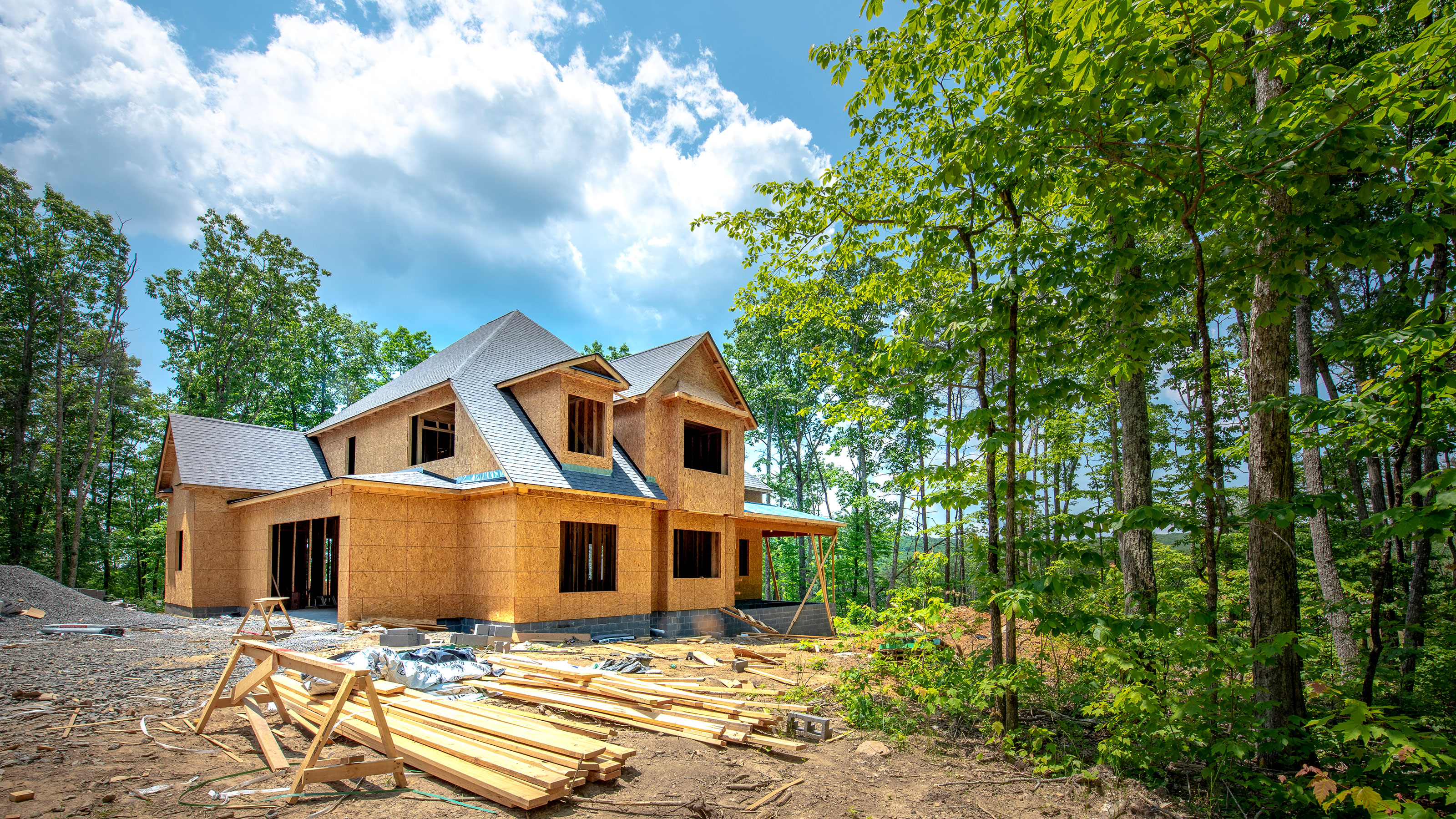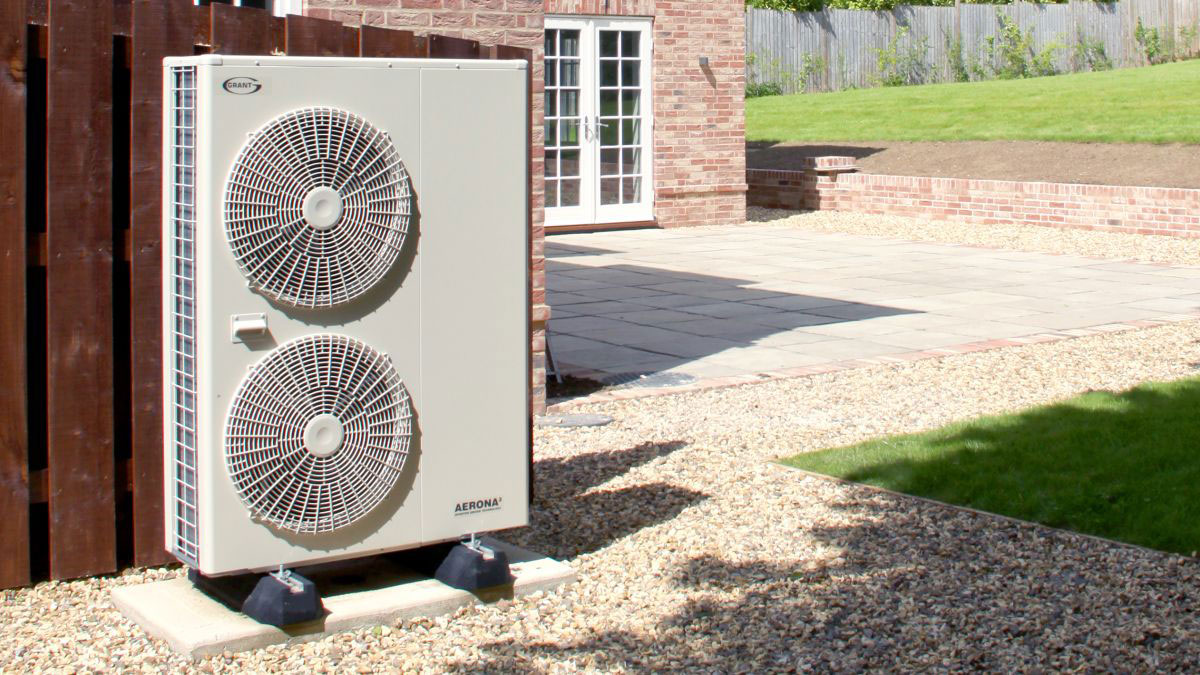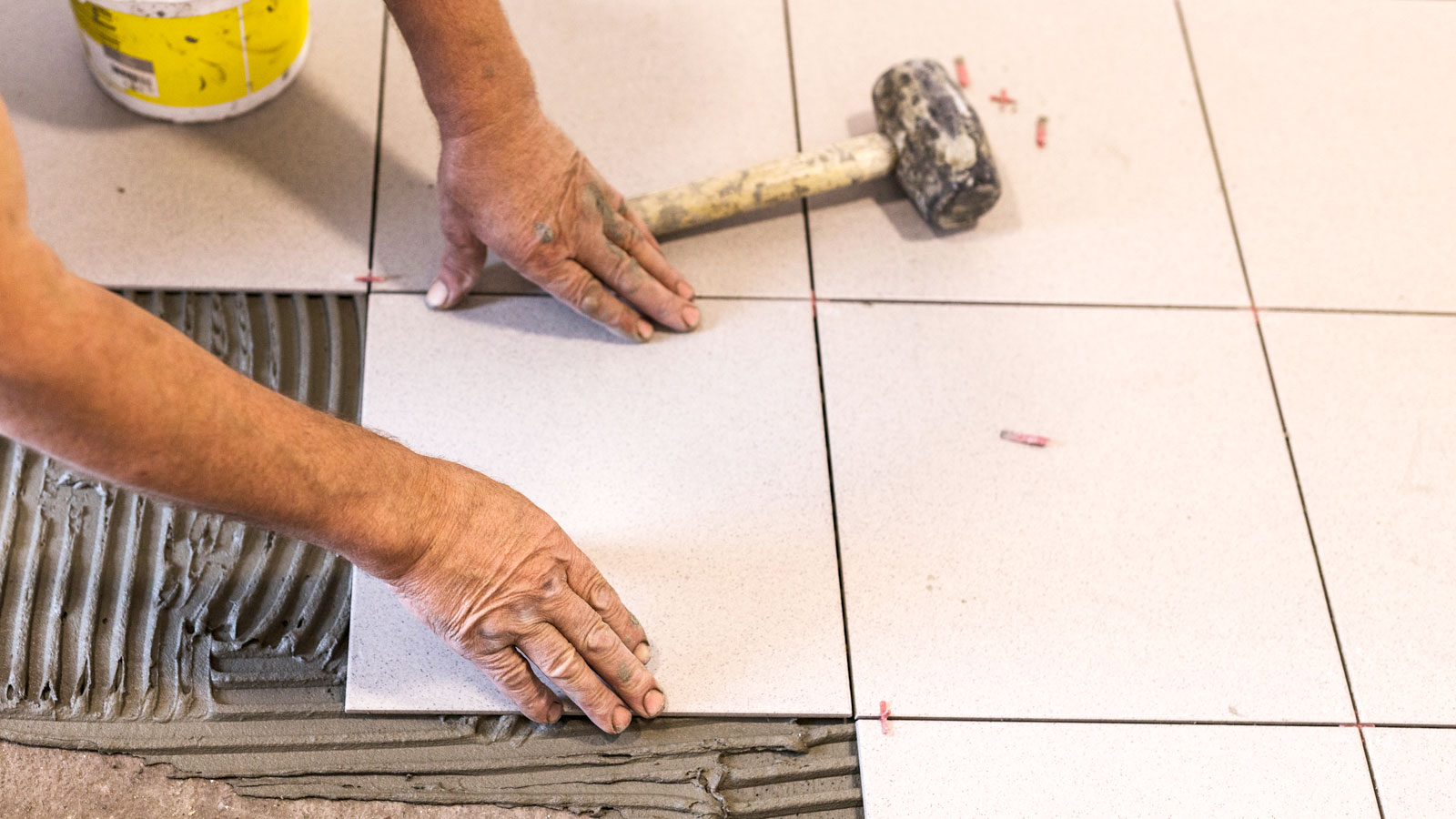Future Homes Standard: Our complete guide to the new targets
A consultation on the Future Homes Standard will take place to see how far the proposed measures go when the scheme is introduced in 2025

The Future Homes Standard is a set of rules that will come into effect in 2025 to ensure new homes produce less carbon emissions.
Ahead of the Standard coming into effect, a technical specification will be consulted on in 2024 by the Department for Levelling Up, Housing and Communities (DLUHC), ahead of implementation in 2025.
This is what we know so far about the Future Homes Standard, and how it could affect current homeowners as well as those looking at building an eco house.
What is the Future Homes Standard?
The Future Homes Standard, renamed the Future Homes and Buildings Standard in December 2021, will complement the Building Regulations to ensure new homes built from 2025 produce 75-80% less carbon emissions than homes delivered under the old regulations.
Existing homes and certain home improvements will also be subject to higher standards, although homeowners will only be affected if they are planning on making thermal upgrades or building an extension.
The Future Homes Standard was first announced in the government’s spring statement in 2019, although the full details have yet to be decided.
Why was the Future Homes Standard announced?
The built environment accounts for roughly 25% of UK greenhouse gas emissions, with around 14% of this coming from the 28 million homes in the UK, according to the Climate Change Committee. The Future Homes Standard is designed to bring these levels down.
Bring your dream home to life with expert advice, how to guides and design inspiration. Sign up for our newsletter and get two free tickets to a Homebuilding & Renovating Show near you.
The government hopes the standard will go some way towards tackling climate change, and act as a roadmap for the industry and homeowners to reach its net zero target for 2050.
Former housing minister Christopher Pincher said in 2021 that he expects the proposals for existing homes to help reduce energy bills for homeowners.
The government has previously introduced the Zero Carbon Homes Standard (scrapped in 2015) and the Code for Sustainable Homes (which also wound down in 2015), to help assess and certify the sustainable design and construction of new homes.

What we know so far
There have been two consultations into the Future Homes Standard, which proposed a raft of measures for new and existing homes.
In December 2023, the government issued Homes and Buildings Standards consultation and confirmed that all new homes will be required to be equipped with low-carbon heating with all new homes being required to install air source heat pumps.
This was part of two options put forward with the first option, as well as requiring a heat pump, also requiring dMEV (decentralised Mechanical Extract Ventilation), a waste water heat recovery system and solar PV panels, whilst the second option would only require a heat pump and natural ventilation.
Additionally, there were proposals to mitigate against overheating in new homes, which was been addressed via a new requirement in the building regulations.
David Hilton, director of Heat and Energy Ltd and contributor to Homebuilding & Renovating, said of the new Part O: “Looking at overheating in homes is very important as it is probably the most overlooked aspect of modern buildings in the UK and rapidly becoming a major problem with many new build homes."
Will gas boilers be banned?
No new homes will be able to connect the gas network from 2025 as part of the Future Homes Standard. Instead, they will be equipped with energy-efficient insulation and heated by a low-carbon heating source such as an air source heat pump.
This would mean a gas boiler ban in new build homes from 2025, but the government's language changed when it published its Heat and Buildings Strategy in October.
The government said in the Strategy that it plans to consult on whether it is "appropriate" to prevent new build homes from being connected to the gas grid in England from 2025.

Will renovators be affected?
You may be affected if you are renovating a house and installing new thermal elements or replacing/renovating existing thermal elements, such as windows.
There will also need to be a “significant improvement on the standard of extensions”, the government says. A new efficiency metric for the whole house calculation method for new extensions came in from June 2022.
In its response to the Future Homes Standard consultation, the government confirmed that the second consultation includes proposals for extenders to meet new standards for making homes warmer.
Home improvers will need to ensure they use energy-efficient replacements and repairs during home improvement work. These include the installation of heat pumps, window replacement and building services, cooling systems and fixed lighting.
Will self builders be affected?
Self builders will have to adhere to the Future Homes Standards, and in the interim meet the new Building Regulations which came in from June 2022, which Hilton says is an opportunity for self builders to embrace.
Although most self builders are generally building to high energy efficiency levels already, Pullen says, and if there is a cost in achieving the required thermal efficiency it will be very small.
"The 30% total CO2 reduction could then easily be achieved with solar panels on the roof and making the accommodation of a heat pump easy, sensible, even natural," he said.
We also have a guide on the potential Future Homes Standard costs for self builders and renovators and what they can expect to pay from 2025.

How will energy standards be assessed?
The Home Energy Model will be used in the Future Homes Standard assessment to demonstrate that new dwellings comply with the Future Homes Standard.
It will replace the SAP calculations currently used to assess the EPC (energy performance certificate) ratings.
Primary energy consumption is to be the key metric for measuring building performance. This is the energy potential of the fuel that goes into the power station to generate the electricity used in a home. Carbon dioxide emissions is to be the secondary metric.
In the Future Buildings Standard consultation response, the government said: "The introduction of a primary energy metric will enable us to make good use of our nation's energy resources and prioritise the energy efficiency of each building, regardless of the heat source."
The Home Energy Model is still under development but will be introduced with the finalised Future Homes Standard in 2025.
U-Value requirements to change
U-Values measure how effective a home's fabric is at preventing heat from transmitting between the inside and outside of the home. The lower the U-value the better, as this means heat is less able to quickly transmit through your home.
U-Values are to become required as a minimum in the Future Homes Standard, and at a slightly more stringent level under the proposed 'Zero Carbon Standard'. This also applies to airtightness.
The proposed new levels published in the government's response to the Future Homes Standard consultation are:
| Row 0 - Cell 0 | Thermal Element | Minimum Standard U-Value – W/m2K |
| Row 1 - Cell 0 | Wall | 0.18 |
| Row 2 - Cell 0 | Roof | 0.13 |
| Row 3 - Cell 0 | Floor | 0.13 |
| Row 4 - Cell 0 | Windows | 1.4 |
| Row 5 - Cell 0 | Doors | 1.0 |
| Row 6 - Cell 0 | Air Permability | 5.0 m3 /(h.m2 ) |
Local authorities can set targets
Local authorities will continue to be allowed to set higher energy efficiency standards for new homes in their area once the Future Homes Standard is published.
Tim was an expert in sustainable building methods and energy efficiency in residential homes and wrote on the subject for magazines and national newspapers. He is the author of The Sustainable Building Bible, Simply Sustainable Homes and Anaerobic Digestion - Making Biogas - Making Energy: The Earthscan Expert Guide.
Tim's interest in renewable energy was first inspired by visits to the Royal Festival Hall heat pump and the Edmonton heat-from-waste projects. Moving to a small-holding in South Wales fanned his enthusiasm for sustainability. He went on to install renewable technology at the property, including biomass boiler and wind turbine.
He formally ran energy-efficiency consultancy WeatherWorks and was a speaker and expert at the Homebuilding & Renovating Shows across the country.

